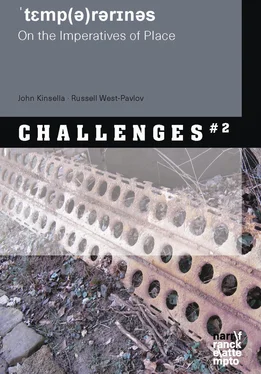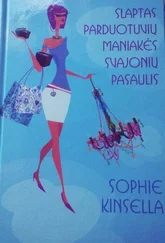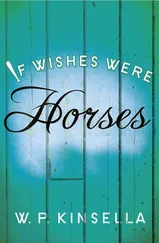From 25/5/2015 Schull
Unlike Deleuze, I do not believe in a unity to which all ‘subdivisions’ are subsumed...
•
Graft (and leaf) is the interrupted unity, the introduction of the duality that suggests (genetics, observed experience) a certain fruition, but always contains an anarchic possibility—the graft that doesn’t take or that is poorly done or gets affected by other biological or empirical (environmental) forces. A certain contingent certainty = graft = poem.
JK
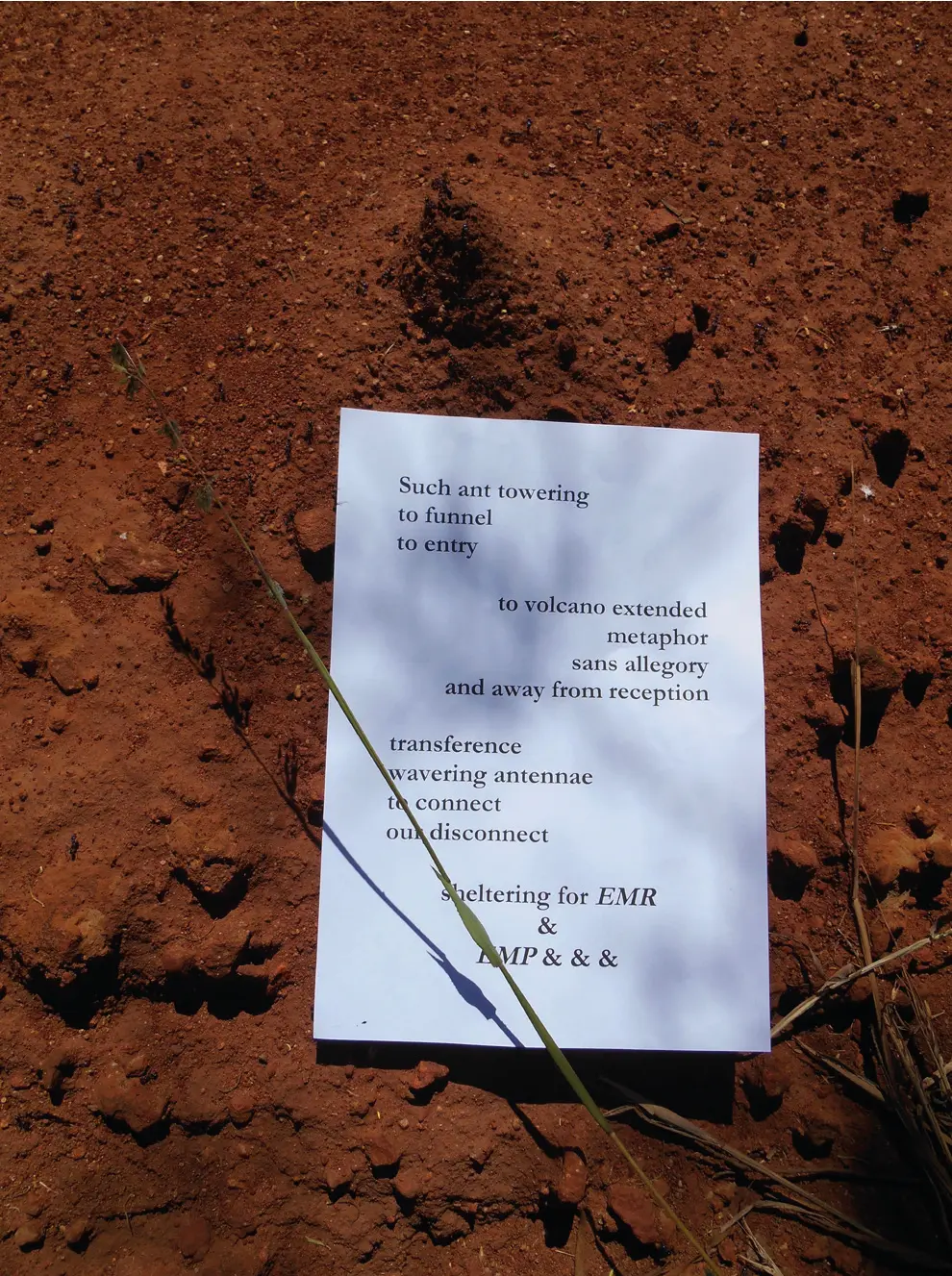
Carraiglea Self-Caters
The eternal letting of the house
that cannot be sold—‘gut’ pool
in the rocks as inviting to humans
as otters—and the sell is of fish
and dolphins. The south-west
coastal experience. Visit
and self-cater for a few days,
then go. Write in the guest book.
Join the fray of encounter.
Read research articles
on radionuclide contamination
from Chernobyl affecting Northern
Ireland. And what of the Republic—
hesitant on the border, violence
smuggled in its colonial pocket?
But walking Colla Road
as a daily exposure
to a vast water narrowed
to channel and dead red
sandstone, that Spanish Galleon
weighted with my ancestral ghosts,
I risk yelling into the anemones
gaping just under the tide—
I am weighed down with
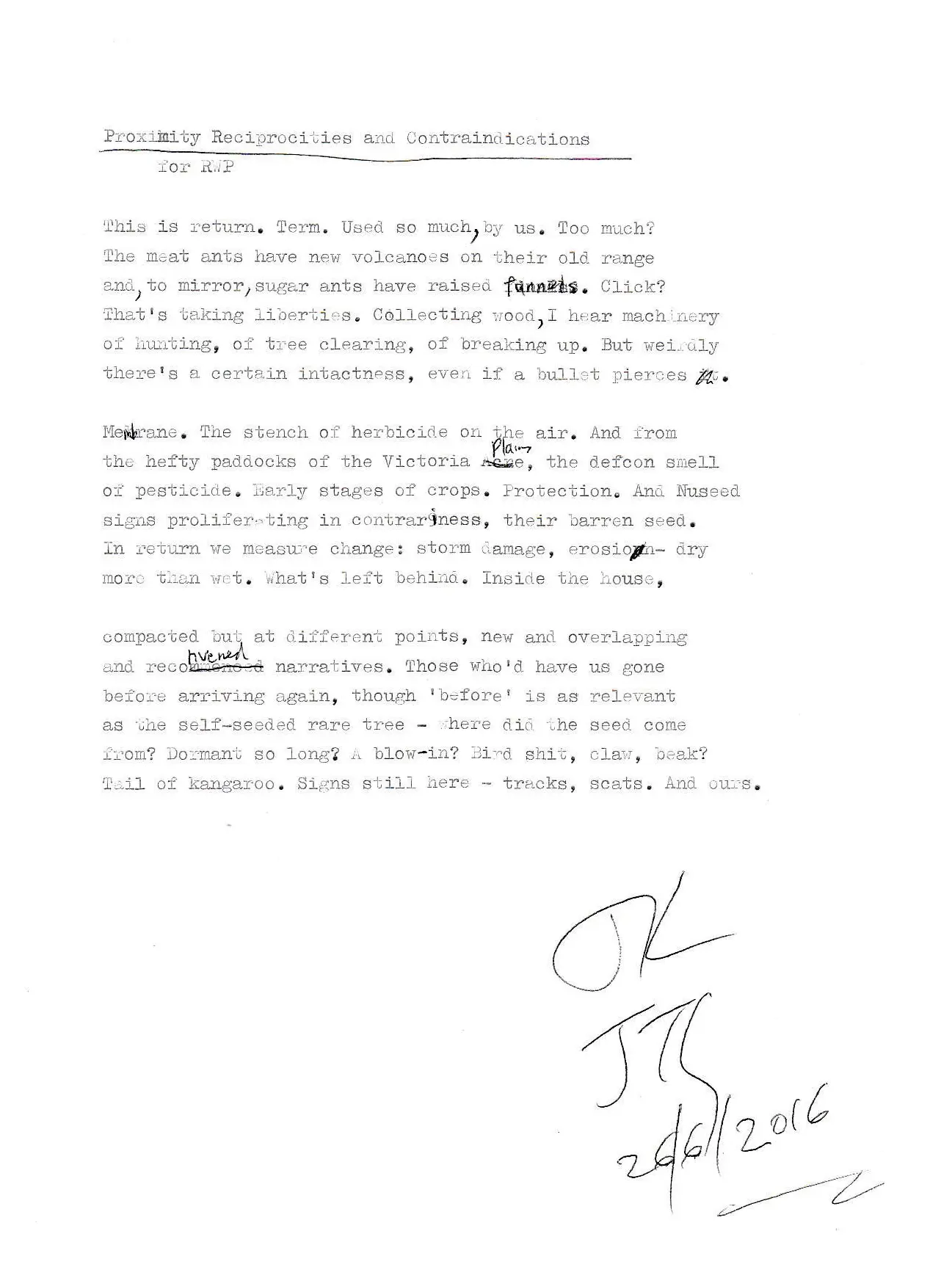
contamination, and my body
will serve no otters as substitute—
the fish fed on sailors’ corpses
then on the ill-satisfying spirits,
fish latched onto by the sleek
fast otters, and this Otter looking
up at my walking high above
where I was so temporary—
a couple of weeks that ate
into our psyche—spitting
pitiful bones of my connection
out into that vastness with its atomic
wrecks, its lies of purity. So far north,
monitoring of the border
shows residues this long after—
after no otter will ever
recognise.
JK
In one of John’s recent actions, he has placed his poems in the natural environment, underling in the most literal way possible the proximity of a poetry of the environment to the environment. Poetry is embedded in the natural world of which it speaks. It does not describe, in a stance that is metaphoric in nature; rather, it is contiguous with, associated with, indeed causally linked to the world, in a relationship that is fundamentally metonymic. He explains his practice in the book Polysituatedness (Kinsella 2016b: 49), whose title perhaps suggests that not only the poet, but also the poems, are situated in the world:
Over the last nine or so years I have been accumulating poems that exist as expressions in landscape—accepting that landscape is a mediated term in itself and relates to human presence and intervention with varying levels of impact. Whether printed paper placed among rocks and scrub, or lines written in charcoal on a concrete path between York gums, or words scratched into a firebreak, none of the creations had more than a temporary presence in the environment outside being captured in photographs.
Such a project is striking and innovative, if not downright weird. Yet we ought to assume that what John is doing here is actually closer to the norm of poetic creation than a deviation from it.
This is not some bizarre lunge off the beaten track, into sandthorn or spinifex scrub, that will end in a bog. It’s not a typical piece of artistic self-advertisement that seeks to épater les bourgeois . It’s not an ostentatious activation of the famous Brechtian V-Effekt (alienation effect) so as to ward off the danger of being assimilated to the familiar, naturalized and coopted by mainstream cultural practices.
No, on the contrary, John’s practice is simply a way of illustrating, in a rather over-literal manner, as if instructing a somewhat obstreperous child, the fact that poems are always already part of the world, and not inhabitants of an aesthetic desert island in some far corner of the globe.
John’s poems on/in the landscape do this in two ways, lodged on the intertwined axes of spatiality and temporality, of synchrony and diachrony.
First, space. The poems are concretely part of the environment: literally so. One poem is scratched in or on a strip of concrete laid out across the leaf- and twig-strewn dirt. It’s so fundamentally indicative of his aesthetic practice that it is reproduced in colour on the cover of his book. This is a ‘concretion’ of poetic practice that shows it up as a material, and not simply an intellectual or ‘merely’ ‘aesthetic’ practice. Poetry is inherently part of a real place, a real environment, a real situation, despite its manifest difference from the environment. It’s here that the difference of the aesthetic cuts in: it’s because the typewritten sheet of paper is a wee bit out of place among the gravel and eucalyptus leaves that we notice it; yet it’s because it’s among the gravel and eucalyptus leaves that we realize it has something to say about them.
Second, time. The poems are ephemeral. They attach briefly to a place, then blow away, rot, crumble or dissolve. The aim is not to create artefacts, but to participate in a creative, transformative process that may also be identical with decay and disintegration. These poems must always be repeated anew. The poems are acts in a place, but like the place, they are part of transformative procedures and processes. Language, one with its material base (paper) and nestling metonymically among its context, participates in the dynamism of place and of the elements that work upon it: rain, wind, sun. As Thoreau (1908: 8) says, ‘All change is a miracle to contemplate; but it is a miracle that is taking place every instant.’ The task of art is to mark its inevitable participation in that process of change, and to accelerate, accentuate and steer that change in potentially creative directions to the extent that it can. Poetry as a human undertaking is both limited, but by virtue of its limitation, connected to that which delimits (and thus de-limits) its capabilities. When Stephen Muecke (2016: 40) asks, ‘The question is: Are the humans running the country, or vice versa?’, in a sense, both answers are true: it’s a collective business where humans and poetry are both engaged upon the business of bringing in the new.
One of John’s landscape poems includes the simple couplet:
Emerge
Emerge (Kinsella 2016b: 55 [photo 6])
This sums up the creative impetus of this poetry within the landscape, where the fabric of time is manifest as the emergence of the new from the rubble of the old: dead leaves, desiccated twigs, blown dust, even drought cracks in the earth. Sites of emergence that, as that couplet suggests, are meeting points between at least (and almost always more than) two actants, out of whose interaction transformation arises. Something emerges at the faultlines where actants are drawn to each other. A place is generated by these interactions, and offers the rendez-vous for the next interaction, changing its contours, which are made up by the actants themselves, at each turn.
That is why this book is written in the form of the fragment: the fragment in textual form is the chronotope of an intersection of actants at a tipping point as a structure transforms, however minimally. Soon the next moment will come, and with it, the next prise-de-position in a place, a configuration, a network, a community, or a transformation (all of these being synonyms, or at the very least, cognates, of each other). Onwards, then, to the next intersection!
Читать дальше
